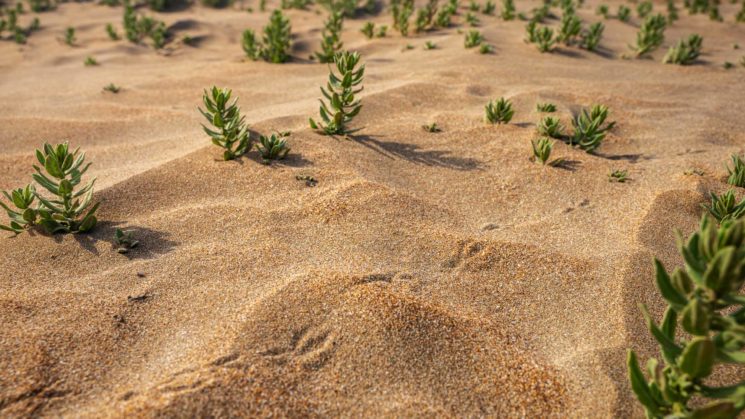Dive into the fascinating world of Southern California’s deserts, where life thrives against all odds!
What’s Covered
In this immersive class, students will explore the unique plants and animals that call the desert home, uncovering the incredible adaptations that allow them to survive. Through hands-on activities like building food webs or creating mini desert ecosystems, they’ll connect with nature in a meaningful way while learning about human impact and the importance of conservation. Whether in the field or the classroom, this experience will leave students inspired by the resilience and beauty of the desert.
Educational Standards
Applicable Standards:
Ecosystems are dynamic in nature; their characteristics can vary over time. Disruptions to any physical or biological component of an ecosystem can lead to shifts in all its populations
- MS-LS2-4
- MS-LS2
- HS-LS2-2
- LS2.C Ecosystem Dynamics, Functioning, and Resilience: Biodiversity describes the variety of species found in Earth’s terrestrial and oceanic ecosystems. The completeness or integrity of an ecosystem’s biodiversity is often used as a measure of its health.
- LS2.A Interdependent Relationships in Ecosystems: Ecosystems have carrying capacities, which are limits to the numbers of organisms and populations they can support. These limits result from such factors as the availability of living and nonliving resources and from such challenges such as predation, competition, and disease. Organisms would have the capacity to produce populations of great size were it not for the fact that environments and resources are finite. This fundamental tension affects the abundance (number of individuals) of species in any given ecosystem.
- LS2.C Ecosystem Dynamics, Functioning, and Resilience: A complex set of interactions within an ecosystem can keep its numbers and types of organisms relatively constant over long periods of time under stable conditions. If a modest biological or physical disturbance to an ecosystem occurs, it may return to its more or less original status (i.e., the ecosystem is resilient), as opposed to becoming a very different ecosystem. Extreme fluctuations in conditions or the size of any population, however, can challenge the functioning of ecosystems in terms of resources and habitat availability.
